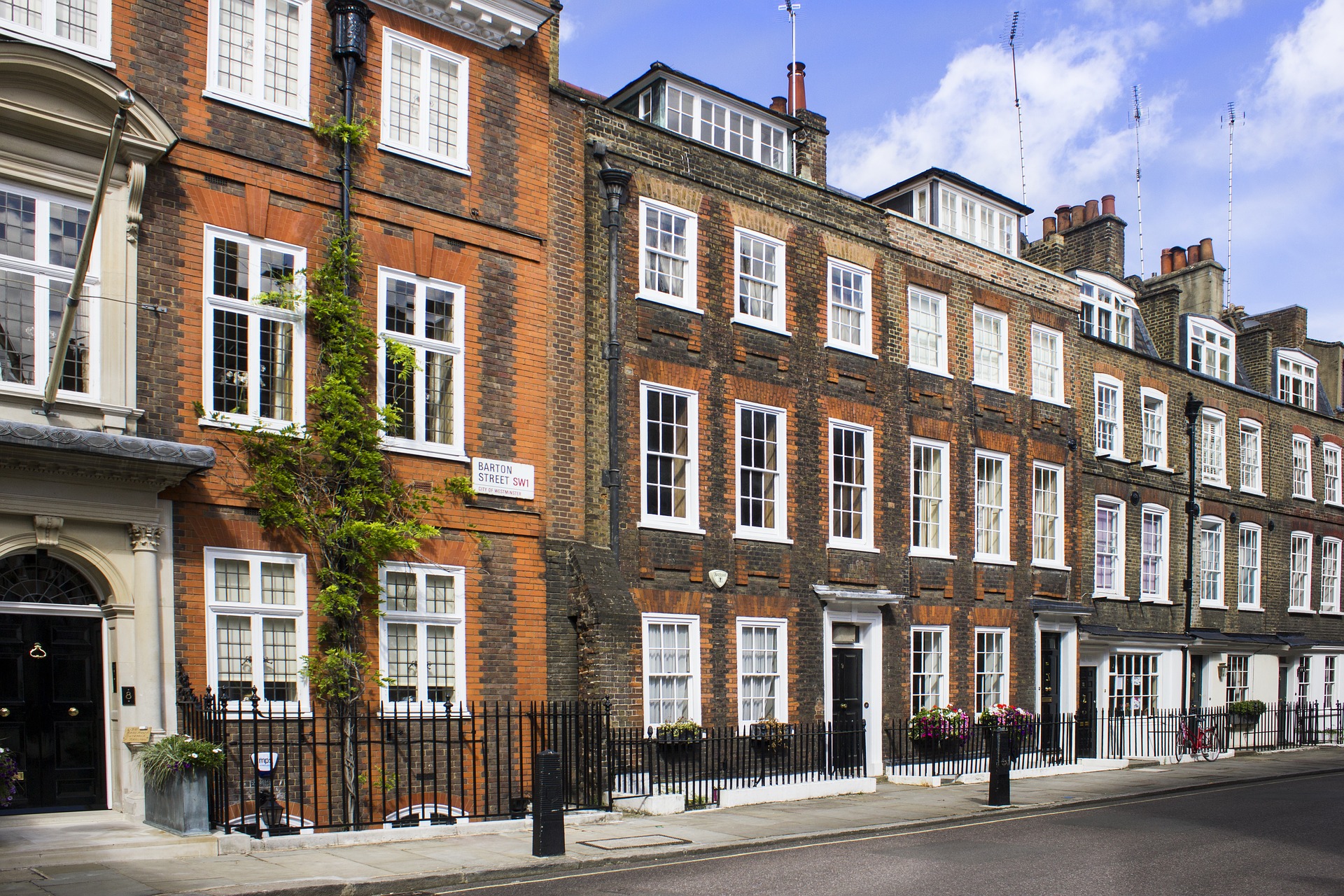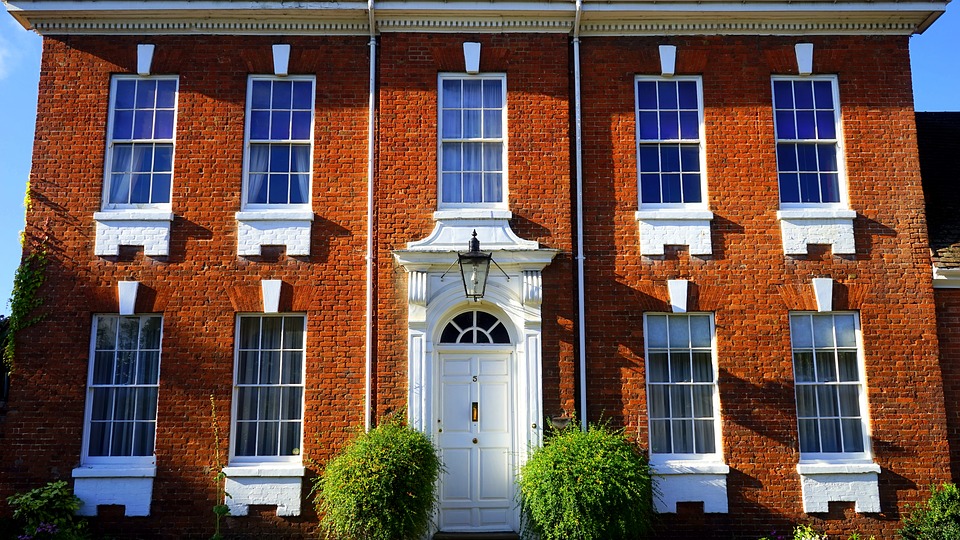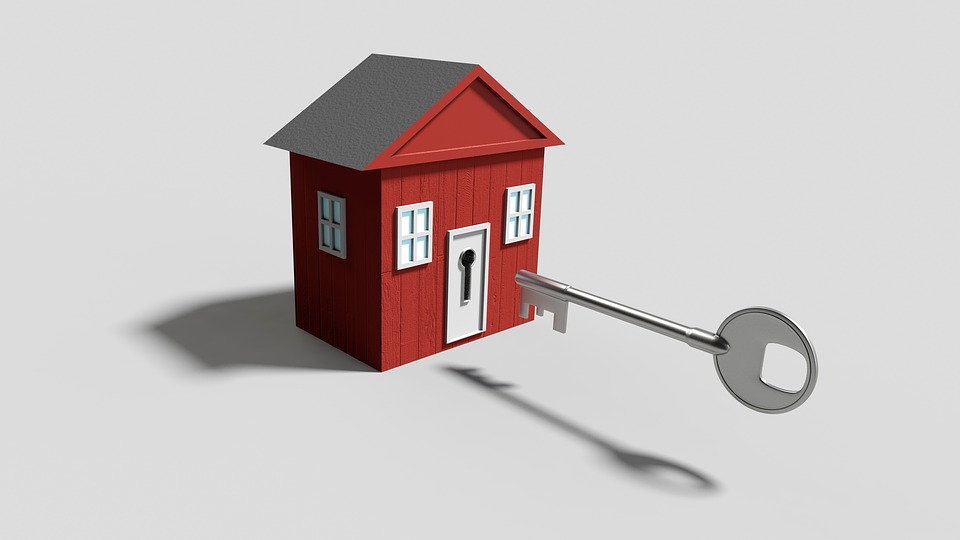Two-thirds (67%) of landlords are confident about the buy-to-let market outlook in 2022, according to Stephanie Charman, head of strategic relationships at Sesame Bankhall Group.
The figures were revealed within Shawbrook’s recent Changing Face of Buy-to-Let Report, which also found that 34% of landlords are planning to purchase another property this year.
Turning to the percentage of landlord clients considering opening limited companies for their buy-to-let properties, almost a third of broker respondents (29%) said that more than 75% of their portfolio clients were debating the move.
Get in touch with Mortgage Broker UK today to discuss your residential and Buy to Let Mortgage requirements
That was according to a poll conducted by intermediary-only specialist buy-to-let lender CHL Mortgages during a Lender Spotlight webinar session, held in conjunction with Knowledge Bank.
Charman said that the rise in the number of landlords planning to buy this year is encouraging and has been backed-up by anecdotal feedback from lenders.
She went on to explain that lenders have reported seeing an increase in purchase activity within the buy-to-let sector, especially from landlords diversifying and purchasing HMOs and semi-commercial units.
“Our own forecasts point to a buy-to-let market of around £44 billion in 2022. This is slightly down on last year, with fewer new purchases without the stamp duty incentives,” she added.
Even when recent interest rate increases are factored in, rising rents, alongside competitive product pricing, are providing attractive yields, according to Charman.
Discover our Buy to Let Mortgage Broker services.
Despite these rising rents, a survey conducted by the Social Market Foundation (SMF) shows that 81% of renters said they are happy with their current property, and 85% said they are satisfied with their landlord.
In addition, the survey found that only half of renters expect to leave the private rented sector in the next 15 years, and 13% would be satisfied with long-term renting.
Looking to the average age of tenants, the data shows that, by 2035, more than half of private renting households are likely to include someone aged 45 or older. The Social Market Foundation also believes that couples and families will make up a rising proportion of renters.
“Given the challenges facing prospective first-time buyers in stepping on to the property ladder, the private rental sector continues to play a vital role in fulfilling the UK’s housing needs,” said Charman.
Charman went on to say that other significant buy-to-let drivers include the continued impact of the new Minimum Energy Efficiency Standards.
All buy-to-let properties must now be E rated, with consultations taking place to raise this benchmark to a C rating for new buy-to-let tenancies in 2025 and existing tenancies by 2028.
Within the consultation document from late 2020, it was suggested that the minimum EPC rating should be raised to a band C for all new tenancies by 2025, and all existing tenancies by 2028.
According to Charman, market speculation has suggested these timescales could be pushed out further.
“However, one thing is clear, change is coming and the buy-to-let market will look very different in the future,” said Charman.
When the new rules are implemented, many landlords will have additional upgrade costs to deal with – Charman estimates that for improving EPC ratings, the costs will range from £5,900 to £10,400 per buy-to-let property.
According to Shawbrook Bank’s report, 17% of landlords have already made efforts to improve the energy efficiency of their property, rising to 22% of portfolio landlords.
Of the landlords that had undertaken a refurbishment, 22% had replaced the boiler and heating system in their property, a further 23% had replaced the windows, and 18% had installed new white goods.
Charman believes the speculation around the change in requirements could lead to some divestment and consolidation, particularly among landlords with older, less energy efficient housing stock.
As a result, she said the expectation is that landlords will bolster their portfolio with new build properties.
“With so much change on the horizon, it is vital for advisers and landlords to keep up to date with the latest buy-to-let developments,” Charman added.
By Jake Carter
Source: Mortgage Introducer
Discover our Mortgage Broker services.








